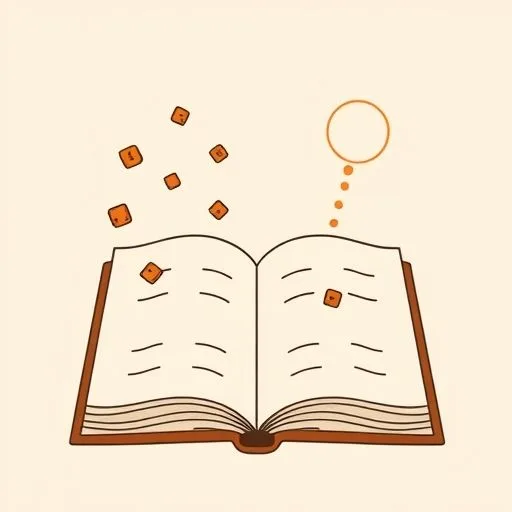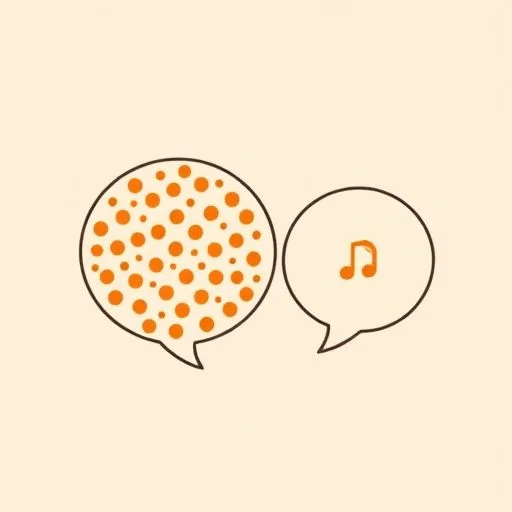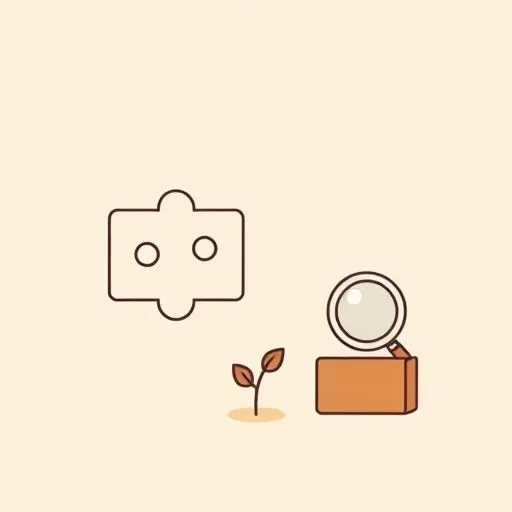
Last week, as I walked my 7-year-old daughter home from her classroom just 100 m away, she pointed out where she’d left her sketchbook days ago—and wow, that stuck with me! You know that moment when your child remembers exactly where they left their favorite toy weeks ago? That amazing recall that makes you wonder ‘How did they remember that?’ Well, it turns out AI systems have their own ways of remembering too – and they’re completely different! Claude and ChatGPT, two of the biggest AI assistants out there, approach memory in opposite ways. One keeps everything, one picks highlights – and understanding this isn’t just tech talk. It’s about how we help our kids navigate a world where technology remembers things differently than we do. Let’s break it down together!
How Do Claude and ChatGPT Handle Memory Differently?

Picture us choosing between kimchi poutine stalls and sushi tacos at our weekend market—how would our AI picnic planner remember that? This is where things get fascinating!
ChatGPT works like that friend who remembers the highlights but not every detail. It creates little memory snippets – the important parts it thinks matter most. It’s not going back through our entire conversation history, but rather pulling up the key points it saved. Kind of like how we remember our child’s first steps but not every single diaper change, right?
Claude? Completely different approach! It keeps the entire conversation history. When you ask about something from last week, it’s literally searching through every word you’ve ever shared in that project. It’s like having a photographic memory of our chats – nothing gets left behind unless we specifically tell it to forget.
And here’s what’s amazing: both approaches work! There’s no single ‘right’ way for AI to remember things, just like there’s no single ‘right’ way for our kids to learn. Some children remember everything they see, some remember the feelings and emotions – both are valid, both are powerful!
Why AI Memory Differences Matter for Parenting

You might be thinking ‘Okay, cool tech stuff – but what does this have to do with raising my child?’ Here’s where it gets really interesting!
These different memory approaches reflect how we help our kids process information. Sometimes we want them to remember specific important lessons (like ChatGPT’s snippet approach). Other times, we want them to understand the whole context of a situation (like Claude’s full-history approach).
Think about teaching safety rules. We don’t need our kids to remember every single conversation we’ve ever had about crossing the street – we need them to remember the crucial ‘look both ways’ rule. That’s ChatGPT style! But when we’re helping them understand why we have family traditions, we want them to remember all the stories and experiences that built those traditions. That’s Claude style!
The beauty is that both have their place. You know, it’s not a contest – sometimes you need quick highlights, and sometimes you need the whole story! And that’s exactly what we’re teaching our children every day!
So, how do these two styles show up when we’re teaching our kids everyday life lessons?
Practical Parenting Takeaways from AI Memory

So what can we actually do with this knowledge? Here are three immediate ways this understanding helps our parenting journey:
First, it helps us appreciate that there are multiple valid ways to learn and remember. Our child might not remember facts the way we do, but they might remember feelings and contexts incredibly well. That’s not wrong – it’s just different!
Second, it shows us that technology, like people, has different strengths. Some AI is great for quick facts and highlights, some is better for deep context and history. Knowing this helps us choose the right tool for the right job – whether we’re helping with homework or planning family activities.
Finally, it reminds us that the future isn’t about finding one ‘right’ way to do things. It’s about understanding there are multiple approaches, multiple perspectives, multiple ways of solving problems. And that’s exactly the flexible, adaptable thinking we want to nurture in our children!
Isn’t it amazing how even technical differences in AI can teach us so much about raising resilient, curious kids? The future is going to need both snippet-thinkers and context-understanders – and our children are learning to be both!
Ready to train your own little snippet-thinker or context-whiz? Let’s dive into practical tips!
What AI Memory Teaches About Raising Future-Ready Kids

Here’s the most exciting part: understanding these AI memory differences isn’t just about technology – it’s about preparing our children for a world that’s changing faster than we can imagine!
The fact that two leading AI systems took completely opposite approaches to memory tells us something crucial: there’s room for different ways of thinking, different approaches, different solutions. The future isn’t going to reward just one type of thinker – it’s going to need all kinds!
When we help our children understand that there are multiple valid ways to approach problems, multiple ways to remember information, multiple ways to learn – we’re giving them the most valuable gift possible: flexibility of mind.
They’re growing up in a world where the tools they use will think differently from each other, where problems will have multiple solutions, where the ‘right’ approach might change depending on the situation. And by understanding these differences in technology, we’re better equipped to help them navigate that world with confidence and curiosity!
So the next time you use an AI assistant, remember: you’re not just getting help with a task. You’re getting a glimpse into the diverse thinking patterns that will shape your child’s future. And how incredible is that?
Source: Claude’s Memory Architecture Is the Polar Opposite of ChatGPT’s, Shloked, 2025/09/11
